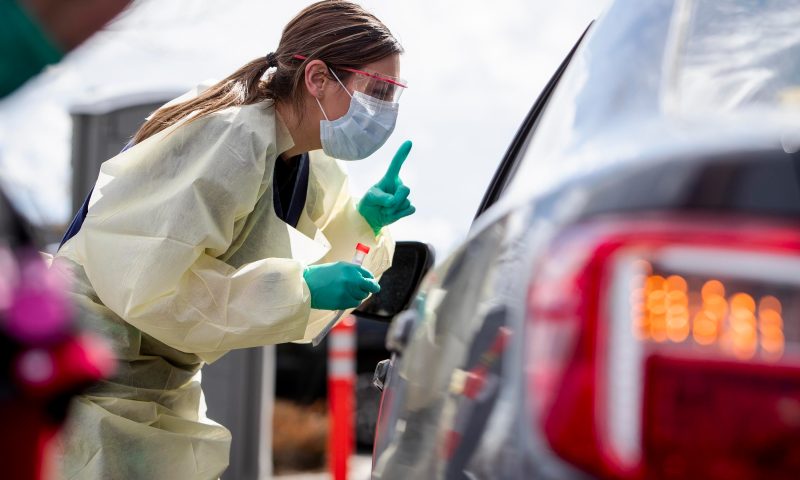The U.S.’s COVID-19 Testing: The Dishonesty Continues, By Randall Bolten

Categories :
Randall Bolten, author and finance executive with more than 30 years of experience, talks about how the assertion that the U.S. leads the world in COVID-19 testing is flatly dishonest, especially when the real cause of the increase in reported cases is a raging pandemic.
“When you’re up to your rear in alligators, it’s hard to remember that your objective was to drain the swamp.” (venerable army saying)
Over and over, we’ve heard federal and state officials – especially elected ones – assert that the recent explosion in reported COVID-19 cases is due to more and better testing in the U.S. That is a dishonest assertion, and in the face of a pandemic, a recklessly dangerous one.
Think of COVID-19 testing as falling into two categories: Necessary Testing and Strategic Testing. Necessary Testing happens because a person gets sick; there must be at least one test performed to confirm the COVID-19 diagnosis and at least two more to confirm the patient has recovered, plus a few of tests of the patient’s housemates and other obvious candidates for testing. The remainder are Strategic Tests – these are the tests we perform as a result of contact tracing; regular tests of employees in sensitive industries like health care, food services, and public safety; and regular tests of other people, especially in their workplaces.
Or, in the metaphor of the above epigraph, Necessary Testing is for getting rid of the alligators, and Strategic Testing is for draining the swamp.
Strategic Testing is the true measure of a nation’s effort to control the spread of the pandemic. Let’s assume that each reported case generates six Necessary Tests, so the number of Strategic Tests equals the total number of tests reported, minus six times the number of Total Cases reported. The following graph shows the progress of Strategic Testing in 41 countries over the last ten weeks. These countries include most of Europe, plus relatively affluent countries in the rest of the world – it would be unreasonable to include poor and developing nations in this comparison:








